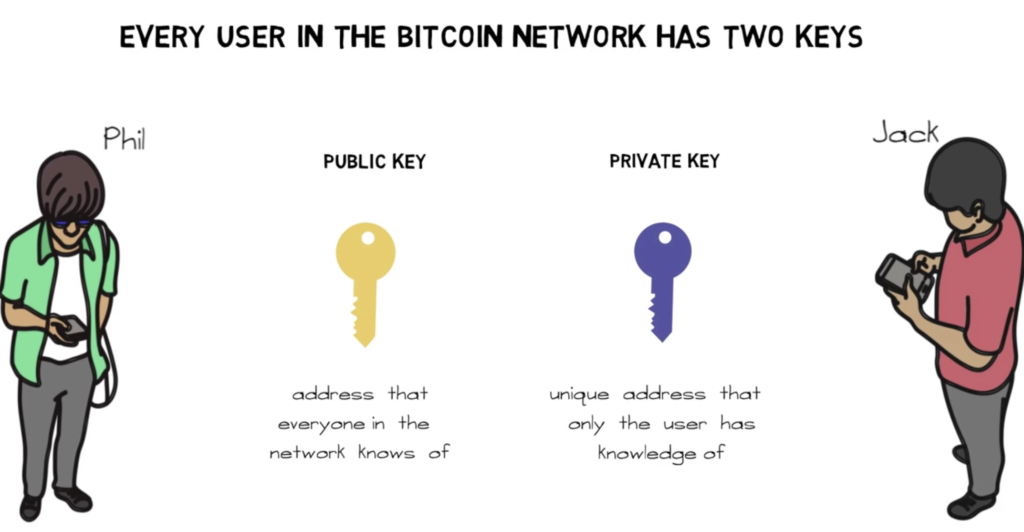Have you ever pondered the fastest way to make a money transfer? You can propose many channels, such as banks, Zelle, PayPal, Venmo, and others, for the transaction to take place. However, as technology advances, so do transaction methods. You need to express gratitude for blockchain technology for providing us with a fast way to do many things.
So, it’s reasonable to wonder, “What is blockchain technology?” right now.
You’ve probably been hearing this term tossed about in the same breath as “Bitcoin” for the past few years. The fact that it is a less tangible item makes it much more challenging to understand. However, blockchain will revolutionize the tech industry in the future. So, it’s in your best interest to learn more about blockchain technology, why it’s important, and how you can use it to help your career.
Let’s discover this further.
What is blockchain?

To put it simply, blockchain is the underlying technology for all digital currencies (cryptocurrencies). It creates the sequence of records known as a ledger. Each party that’s involved in a blockchain-based transaction also possesses a copy of the ledger, which is officially called a “public distributed ledger.” This ensures the highest degree of security during the transaction.
So, More precisely,
The term "blockchain" refers to a distributed list of records that are encrypted and always linked to each other so that the data in them can't be manipulated.
How does the blockchain work?
Even though blockchain can be used in many different areas, let’s use a secure way to make transactions as an example.

Consider the scenario where four buddies are all trying to send money to one another through banks, but one of the transactions fails. Although they were exhausted, they once again encountered a technical issue with the bank. They get knowledge about cryptocurrency and blockchain transactions that:
- is not susceptible to counterfeiting
- Get rid of the middleman, such as a bank, in b/w transactions
- Coded with a sophisticated encryption technique for safety
Transactions with blockchain and cryptocurrencies
When the four friends exchanged bitcoins, a record of the transaction was stored in a block. Each friend’s transaction adds to the growing chain of blocks. In blockchain technology, each user has access to the entire chain of blocks that serves as the ledger. The name “public distributed ledger” comes from this fact.
And if we delve even further into the specifics of each transaction, we find that blockchain technology makes use of two different keys. The private key is like a password, and the public key is like an email address. Like with email, the public key will be visible to all, but only the authorized user will be able to use it. Using Phil’s private key and public key, we can imagine the following transaction scenarios in which Phil sends Jack bitcoins.

So, what are the different security gains with this transaction?
Since the data is public and the ledger containing the transaction detail is shared with each user, there is no danger that the data would be misused.
Hacker! You appear to be failing in this situation. Because:
- Information is encrypted using a sophisticated algorithm within each block.
- One ledger copy belongs to each user.
- Each transaction’s data is publicly available.
Blockchain is not the same as bitcoin.
Above, we talked about cryptocurrencies, bitcoin, and blockchain. Don’t mistake it for being the same. This was merely an example to clarify the inner workings of the blockchain. But blockchain and bitcoin are two entirely distinct concepts. You might say that bitcoin is a subset of blockchain.
- Bitcoin operates as a cryptocurrency, whereas the blockchain serves as a decentralized database.
- Blockchain is the technology behind Bitcoin, but it has numerous other applications as well.
- Bitcoin emphasizes privacy, while blockchain emphasizes openness. Blockchain must adhere to strong “know your customer” regulations in order to be used in several industries, particularly banking.
- Bitcoin is meant to transfer monetary value between users, while blockchain may be used to transfer anything of value, such as a record of ownership or even just a piece of data.
At this point, you should have a firm grasp on the answers to the questions “What is blockchain?” and “How does blockchain work?” But let’s dig harder so we can get our heads around things.
Why is blockchain gaining popularity?
Over 81 million people worldwide used a Blockchain.com wallet in 2022, which is required for making Bitcoin transactions.
Statista
There’s more to it than this. At the time of writing (12 December 2022) a single bitcoin is worth approximately $17,000.

The fact that bitcoin’s value went from $0.004 in 2009 to $17k in 2022 so quickly shows that the private and public sectors are becoming more open to it. After all, nothing like the advantages offered by blockchain technology has ever existed before.
Most businesses prioritize data and transaction record keeping. When this information is processed in-house or sent to middlemen like brokers, bankers, and lawyers, the business wastes time and money. Blockchain, fortunately, eliminates the need for such a lengthy procedure and covers the entire process, resulting in quicker transactions.
That’s the main reason why blockchain is gaining popularity.
Benefits of Blockchain Technology
Other advantages of blockchain technology include:
- Accuracy is increased because no humans are involved in the verification process.
- Save money by not using an external verifier
- Due to its decentralized nature, misdirection is more difficult.
- Everything about these exchanges is safe, confidential, and quick.
- A transparent technological system
- Gives people in nations with shaky or undeveloped governments access to banking services while protecting their private data.
So, have you got a good understanding of blockchain?
For the time being, this blog has covered the fundamentals, such as what blockchain is, how it works, and some of its other advantages. In areas as different as business, law, healthcare, and real estate, blockchain technology is likely to be used more and more in the coming years. Sooner or later, everyone, regardless of who they are, will be a part of the blockchain system since it will become the norm.
Have any concerns or inquiries about blockchain technology? You can leave your comments in the section below.







Leave a Comment